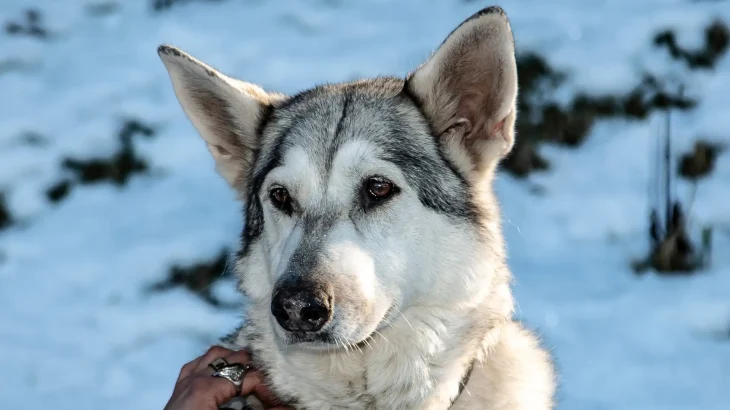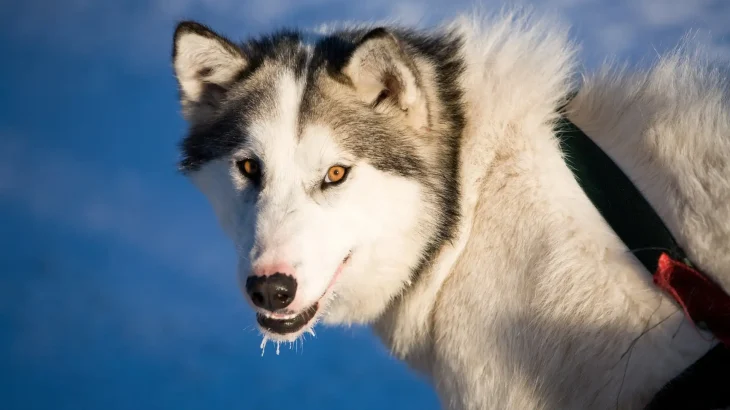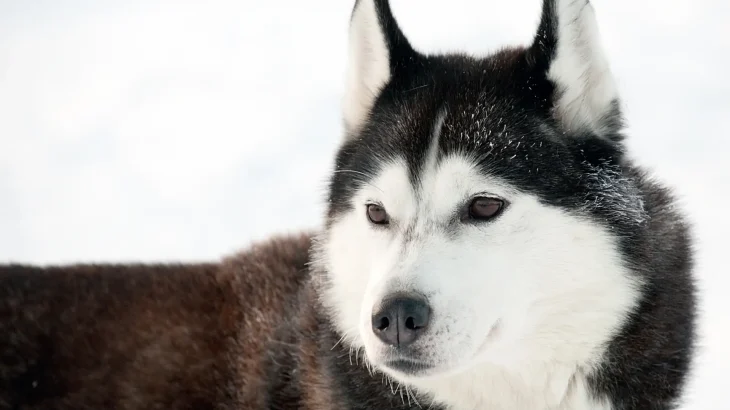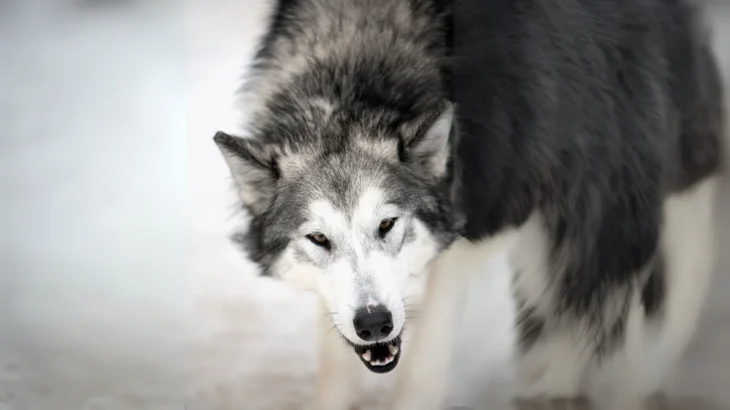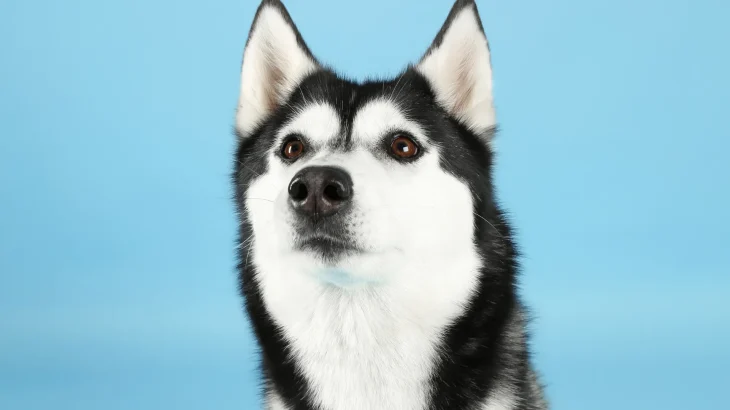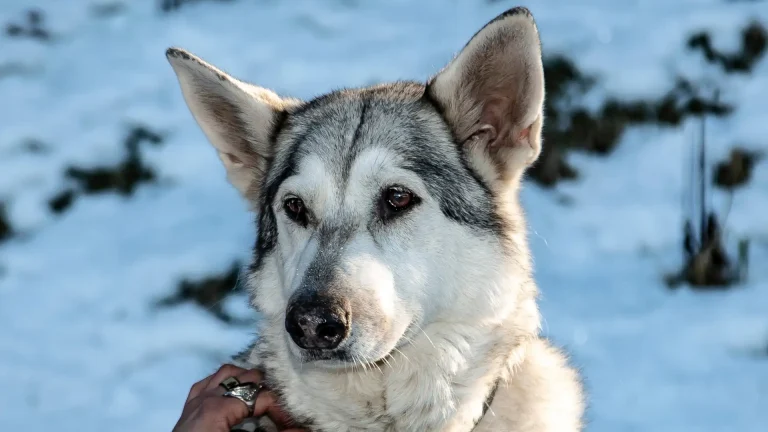When deciding to welcome a Northern Inuit Dog puppy into your home, the choice often boils down to adopting or buying from a breeder. Each path offers distinct advantages, particularly around health insights and ethical considerations unique to this breed. Making an informed choice means weighing these factors carefully.
| Criteria | Buying from Breeder | Adopting from Shelter/Rescue |
|---|---|---|
| Cost | Typically higher, with prices reflecting breed rarity and lineage. | Generally lower adoption fees, helping provide homes to dogs in need. |
| Health History | Usually detailed, with breeders offering genetic screening and medical records. | May be limited or unknown; shelter vets conduct basic health assessments. |
| Age Availability | Puppies mainly available, allowing early bonding. | Wide age range, including adults and seniors with established temperaments. |
| Temperament Insight | Breeders can share lineage-related traits and early socialization info. | Shelter staff provide observed behavior, though background may be unclear. |
| Supporting Practices | Supports breed preservation if breeder is ethical; needs careful breeder selection. | Supports animal welfare by rescuing dogs who need second chances. |
| Ethical Considerations | Responsible breeders focus on health and temperament; beware of puppy mills. | Adoption helps reduce shelter overcrowding and promotes rescue efforts. |

